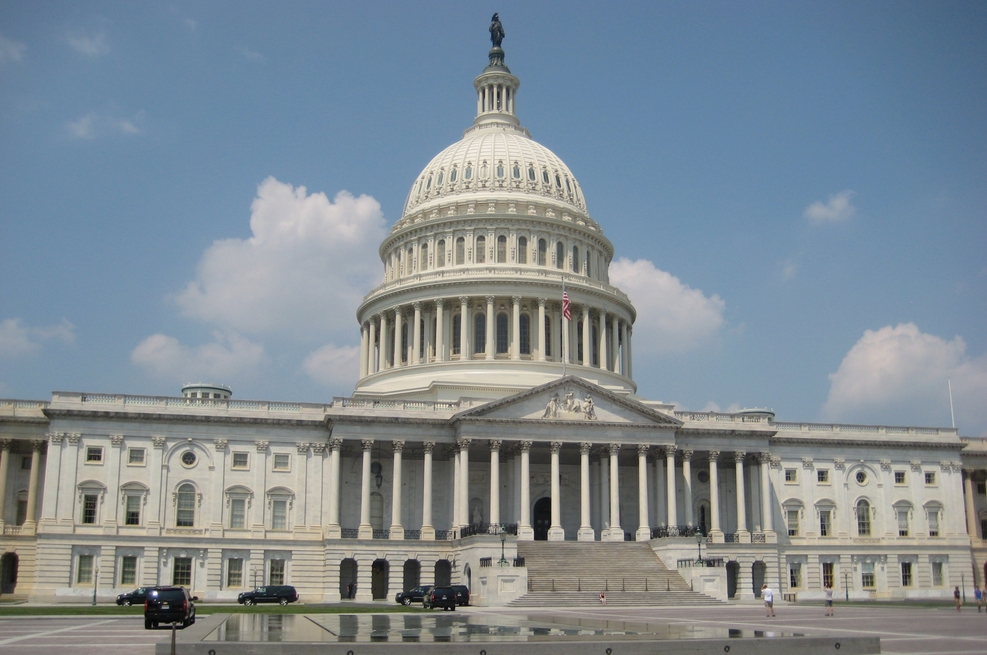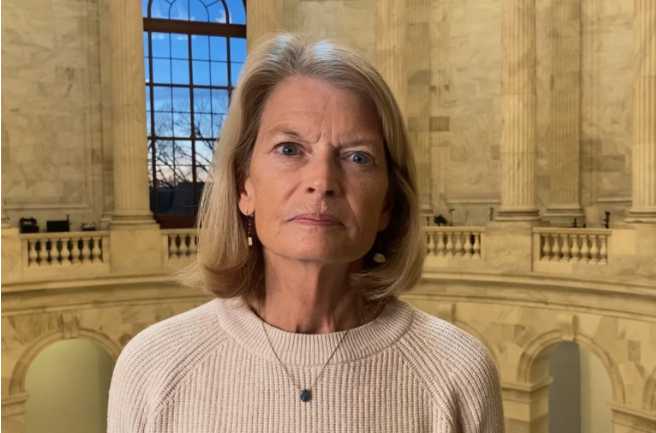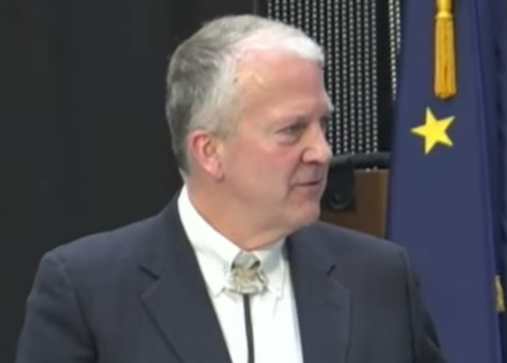Alaska Lawmakers Should Maintain Strong Tobacco Control Funding and Increase Tobacco Taxes to Save Lives, Save Money and Raise Revenue
 ANCHORAGE, Alaska – Cancer patients and survivors mark the American Cancer Society’s (ACS) 45th annual Great American Smokeout tomorrow, November 19, by calling on Alaska lawmakers to prioritize strong tobacco control legislation and policies that will save lives, save money and raise vital revenue. As our battle with COVID-19 continues, we must do everything in our power to keep our communities healthy and safe—which means building strong public health infrastructure including comprehensive tobacco control measures.
ANCHORAGE, Alaska – Cancer patients and survivors mark the American Cancer Society’s (ACS) 45th annual Great American Smokeout tomorrow, November 19, by calling on Alaska lawmakers to prioritize strong tobacco control legislation and policies that will save lives, save money and raise vital revenue. As our battle with COVID-19 continues, we must do everything in our power to keep our communities healthy and safe—which means building strong public health infrastructure including comprehensive tobacco control measures.
As the advocacy affiliate of ACS, the American Cancer Society Cancer Action Network (ACS CAN) supports evidence-based strategies proven to reduce tobacco use including comprehensive smoke-free laws, regular and significant tobacco tax increases, and comprehensive tobacco prevention and cessation programs.
This effort to reduce tobacco use comes at a critical moment as the tobacco industry has succeeded in hooking a new generation on tobacco products. E-cigarette use has reached epidemic levels among youth with approximately 26% of Alaska high schoolers using e-cigarettes, above the national average. Additionally, adults and teens in Alaska smoke cigarettes at above-average rates.
[content id=”79272″]
“Nearly 70% of people who currently smoke cigarettes want to quit, and the Great American Smokeout is about helping people reach that important goal” said Emily Nenon, ACS CAN Alaska government relations director. “The easiest way to quit is never to start. Alaska has one of the most successful tobacco prevention programs in the nation. However, with newer products on the rise, comprehensive and adequately funded programs are needed now more than ever.”
“We know that tobacco prevention and cessation programs will help people quit and save lives,” said Nenon. “People who smoke or who used to smoke are at increased risk for severe illness from COVID-19 so the sooner we can help Alaskans quit, the better. Health benefits begin occurring quickly after quitting smoking, including rapid improvements in blood carbon monoxide levels and in respiratory tract function, as well as slower improvements over time in immune function.”
Reducing the tobacco industry’s grip on Alaska is not only crucial to reducing death from tobacco-related disease, but it’s also imperative to reduce health disparities in the state. The tobacco industry’s marketing strategies have led to significant disparities in tobacco use including higher use of tobacco products among people with lower incomes, Blacks, American Indian and Alaskan Natives, and LGBTQ+ individuals. The lack of comprehensive tobacco control laws and funding in a locality or state can contribute to disparities in tobacco use.
The use of tobacco products remains the nation’s number one cause of preventable death. In Alaska, tobacco is responsible for 600 deaths every year and smoking also causes more than 31% of all cancer deaths in the state. Additionally, smoking costs Alaska $438 million in annual health care costs.
###








